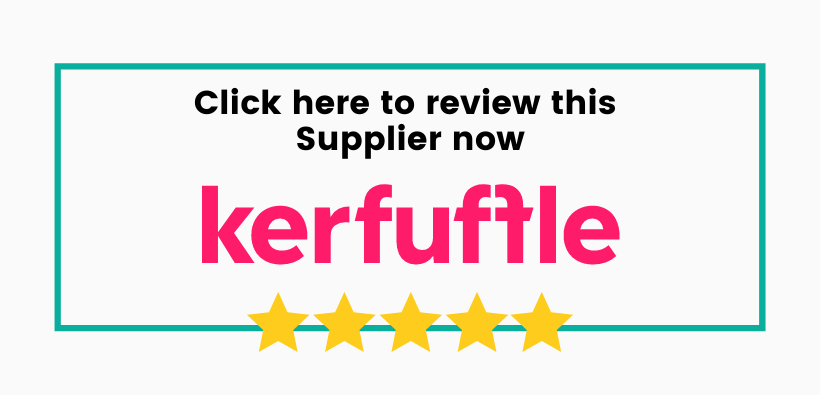The vast majority of people start their property searches online, typically on their phones. While online property searches already predominated before the pandemic, the seismic shift to virtual over the past two years has made this, even more, the case.
As a high street estate agent with a decent enough website and a presence on the main portals, you may think you have all of this covered. The problem for many traditional agents, however, is that their websites function as little more than glorified brochures. Yes, they present the properties that are currently for sale or rent, but they rely on the portals to bring buyers and tenants to the site in the first place.
What these websites aren’t doing is generating the leads that will sustain the business long term. Instead, agents are hoping that word of mouth, leaflets through doors or just chance will draw in vendors and landlords.
The past few years have also seen a major change in the appearance of online agents, who have pushed the market to a completely new level. With their state-of-the-art use of tech, they can offer a better user experience at the same time as undercutting those agents sticking with the more traditional approach.
In light of all this, if high street agents want to compete, they need to rethink how they use their websites and, crucially invest in this vital part of the business.
If you think this sounds like you, here are three key questions to ask:
1 What is the role of your homepage?
Conventional wisdom said that your homepage was king - a shop window that brought people to your business, attracting your site’s highest number of visitors. All of that is changing and the agents we work with are seeing fewer visits to their homepages.
Across digital marketing, we are seeing a move to more personalised experiences, with content based on factors such as customers’ intent, location, and profile. This is also true for homepages and landing pages, which are becoming more dynamic with multiple entry points - like a theatre with many exits and entrances.
These entry points should be guided by your prospects and their previous interaction with your brand. The images, content and call to action, should all be personalised to help them on their journey from cold to warm to hot prospect.
2 Are you making best use of developer tools and add-ons?
How people use and interact with brands online is in a state of constant flux. To keep up your site needs to adapt to give people the best digital user experience. Trying to do this by employing developers is one option, but it’s costly, time-consuming and, in many cases, the software just isn’t there.
But there is another option. At Art Division we make extensive use of WordPress (a free, open-source website creation tool). WordPress comes with a pool of tools and the ability to add third-party applications for a much smaller investment.
This means bringing useful features to your website, such as instant valuations, viewing appointments direct to the calendar or employing online chatbots. These tools have created a new breed of websites with the flexibility to add or remove elements as trends and customer needs change.
If you’re thinking about a new website, we’d seriously recommend considering a system like WordPress, which can evolve as your business and visitors dictate, freeing up your budget to meet customer needs in other ways.
3 Are you prioritising customer need?
Look at most agent websites and you’ll find a list of their services with the content they think describes what they do. While this may sound logical, the problem is that it’s focused on the business rather than the customer.
Instead, try to look at things through your visitor’s eyes. Think about their wants and needs, then structure your website’s sitemap accordingly, with different entry points and funnels. For example, an elderly couple looking to sell a holiday home in Wales will respond to a different entry page - and subsequent funnel - to a young couple looking to step up to a bigger property. Use the wealth of data and analysis available to understand who is coming to your site, then design the user experience to suit them.
To summarise, if you’re looking to boost your business with more vendors and landlords, you need to make your customers centre stage - in the design of your website as well as your other marketing techniques. Remember that you will have different customers with different needs, so personalise their experience.
Put your customers’ needs first and you should find your website transformed from a glorified brochure to an effective lead generation machine.
Need a new website? Go to the Art Division landing page on Kerfuffle and book a Demo call.






